Big & sweet Keitts signal the end, our Mochis family makes it “easy” for us!
Los Mochis Keitt mangoes, the late season final varietal of Mexico’s mango season is now officially in full swing, marking these next few weeks the bittersweet conclusion of our sweet, sweet mango season. There is no need to dwell on the end just yet, we still have ample time to enjoy the sweet offerings of this GIGANTIC mango and thanks to our potent partnership with Empaque Macapul & Empaque Don Juan, we’re able to navigate this final stretch with the same power and prowess that defines the Crespo Organic brand all season long.
Mexico’s organic mango season typically finishes around the end of September, while the conventional sector (subject to weather conditions) can extend sometimes even into early October. As I often point out, organic and conventional mango details are often (and wrongly) lumped together under the broad “mango category” label, this simplification doesn’t hold true generally and as we approach the season’s “grand” finale we need to get specific when it comes to organic. This last region has been and still is ultra-complex for the organic sector maneuvering through the last week’s requires a lot of cooperation, communication and a “getting shit done” attitude as many of our customers/retailers have had during this regional period when they have to get the 6/7cnt SKUS approved and in the system in order to have the lengthiest season possible. On the organic side we all want to end on a sweet note, especially because there is no other (large scale) fruit (CA is small scale) directly following Mexico for organic (there is no Brazilian production into the USA) .
Keitt varietals from Mochis consistently yield significantly larger fruit sizes than other varietals and regions. Simultaneously, the price gap widens due to the increased size and the limited organic production that characterizes Mochis. At this stage, the mathematics of fruit pricing become critical, with fruit sizes averaging in the 4/5/6 count range. Over the past several seasons, we’ve diligently worked and succeeded to maintain robust organic displays at the retail level with Keitts and even with the challenge of larger fruit sizes and subsequently higher price points. However, this isn’t always straightforward and feasible everywhere. We, along with our customers/retailers are actively working changing this challenging price perception. As more retailers, consumers, and the industry at large recognize the added value of organics, our strides become even greater.

It’s a slow but steady process, requiring yearly increases in production, leveraging of sizes, heightened demand and excitement, and a commitment to not partake in the end-of-season price gouging that many adopt. For the organic sector, this is the most challenging region. In my many years of doing this, I consider this year a significant threshold. I see more retailers extending the season than ever before, more adopting larger SKUs, and an overall improvement in the quality of production from the orchard side of the equation. I feel more positive about the organic Mochis program than I ever have.
This Mochis Keitt Crop
The Los Mochis zone typically receives more rain than the other regions and “mango” rains typically come in the later part of the mango season, this is when the Keitt mango comes into play and thrives. When the Keitt varietal gets the abundant rain and it’s coupled with the intense end-of-summer heat, the result is GIGANTIC mangoes – aka Mochis Keitts. (Keitt Kong by the way was a very clever idea by Splendid!)
This season, like most, we find ourselves a bit perplexed about exactly what will happen next in terms of size and quality. What we do know is that a significant amount of rain fell in a short time (attributed to Hurricane Hillary) amidst some of the most intense heat the region has seen in a while. We anticipate the mangoes getting bigger, faster with this growth-inducing cocktail. Generally speaking, everyone seems to have a ‘so far so good’ attitude about the crop.
Excessive rains are a funny thing; rain is always welcome and beneficial, especially right around harvest time. But an excess, too much too fast, particularly during a drought or extremely dry conditions (which we have seen in Mochis), can lead to complications in quality later down the road. There is some trepidation currently (there always is 😊) as we watch to see what actually happens. We are all on watch and yet just moving forward as normal. My personal anxiety has been somewhat alleviated as I spoke to various sources regarding the actual conditions in the area.

Most everyone agrees that the ground was parched enough, and the soil healthy enough (YES!) that the heavy rains that came rapidly were absorbed quickly and efficiently, only benefiting the growth and health of the mangoes and deterring what one source described as a lingering ‘steam bath’ effect, which is when the ground gets too saturated and when combined with intense heat creates a thick, humid layer that bubbles the orchards. A layer that’s way too humid and tropical for commercial mango production.
Everyone agrees that the most important thing to watch for is more excessive rain. But for now, things are good. Quality of fruit landing has been exceptional; flavor has been incredibly sweet and complex thanks to the heat. At this stage in the crop, we anticipate the season pushing forward on a positive note and lasting until the third week of September give or take some days.
Speaking of positives, our partners in the area have reported a few pockets of micro-orchards that are still yielding some smaller fruit. So, for the time being, there is still a hint of size diversity. I’ll be back next week with another update to see how size and quality pan out.

What & Where is Mochis?
The Los Mochis area, located approximately 200-250 miles north of our hometown of Rosario and Empaque Don Jorge, has been designated as a fruit fly-free zone by APHIS. This designation means that no treatments are required for the importation of fruits and vegetables into the USA, and for organic mangoes, this means no hot water treatments.
“Los Mochis” as we refer to it, also known as Sinaloa de Leyva, is situated about an hour’s drive inland from the city of Los Mochis, a coastal town on the Sea of Cortez in the northern part of the state of Sinaloa. This area has experienced significant agricultural growth in recent years, transitioning from primarily sugar production to the cultivation of various agricultural products, including a substantial increase in mango production. While most of this mango production is conventional, a handful of farmers are involved in organic mango farming and luckily they are part of our mango family!

The Mochis Associates
El Grupo Crespo has a very large infrastructure network throughout most mango regions in Mexico. The Crespo family has been building this infrastructure and expanding since their onset in agriculture in 1960. (No doubt, you’ve perused numerous of my “ Pulitzer Prize-worthy” articles on the topic.) The Mochis region, however, is the one exception. In this region, during end of the Mexican season we rely solely on two carefully selected, strong organic partnerships that have been being built and forged the same way the Crespo family has built the rest; hard work, lots of sweat, openness, cooperation and the sharing of information, ideas and profits; all of which essentially places emphasis back on the growing communities and people, making sure they can be sustainable and profitable for generations to come while simultaneously increasing sales and consumer satisfaction in the US and Canadian markets.
Both of these grower/packer operations offer ample state-of-the-art cooling systems, as well as the most advanced machinery for washing, polishing, and packing. The cooling systems are invaluable for maintaining our quality in a region that experiences incredibly high temperatures during a specific time period. Not only do they supply us with 100% of their organic fruit volumes, but they are also capable of packing all of our various pack sizes, including our popular Net-Bags and A Case for Consumer programs, right up until the end of the season – which is no small feat with large mangoes! It’s not just the Keitt mangoes at the end of the season; they also provide us with one last sweet dose of Ataulfos in late July. Our Ataulfo program is one of our longest, largest, and most popular mango programs, making this final delivery incredibly important in the big picture and consumer #MangoJoy. Additionally, some of our specialty mangoes are also available from this region, extending the season and proving to be incredibly valuable for future varietal growth.

Empaque Macapul
El Grupo Crespo and the Crespo family has been collaborating with Empaque Macapul for over 15 years with mangoes as well as other commodities. They are both growers and packers, and one of only a handful of certified organic packinghouses in the region. In addition to the services they offer with mangoes, they offer packing services for other fruits and vegetables grown in the region.
With over 50 hectares of mango production, they supply the Crespo Organic brand with Ataulfo, Kent, Keitt as well as some of our opulently tagged Mallika & Nam Doc Mai specialty mangoes . The packing capacity of Macapul is about 4 truckloads per day.
You can see the entire mango packing process at Empaque Macapul on their Facebook Page.

Empaque Don Juan
Don Juan started as mango growers and evolved into what they are today a very large and powerful grower/packer. They packed their product at Macapul for the first years and then eventually built their own packing facility three years ago, which offers packing services to many. Production wise they have over 300 hectares of production. The facilities are basically new and modern and clean and spacious with substantial cooling space.
Don Juan currently does not have a website or social media presence (we will try and help change that!) so for now we can offer a little slider of photos (below) so you can see the impressive place yourself!
How & When It Ends?
That is the big question for us always on the organic side. We typically end the season as soon as any quality defects appear due to weather issues. We will keep our eyes on the weather closely and try and choose the sweetest spot to end. Volatile endings after all are much more difficult than amical ones after all!
Read more about the Keitt mango HERE


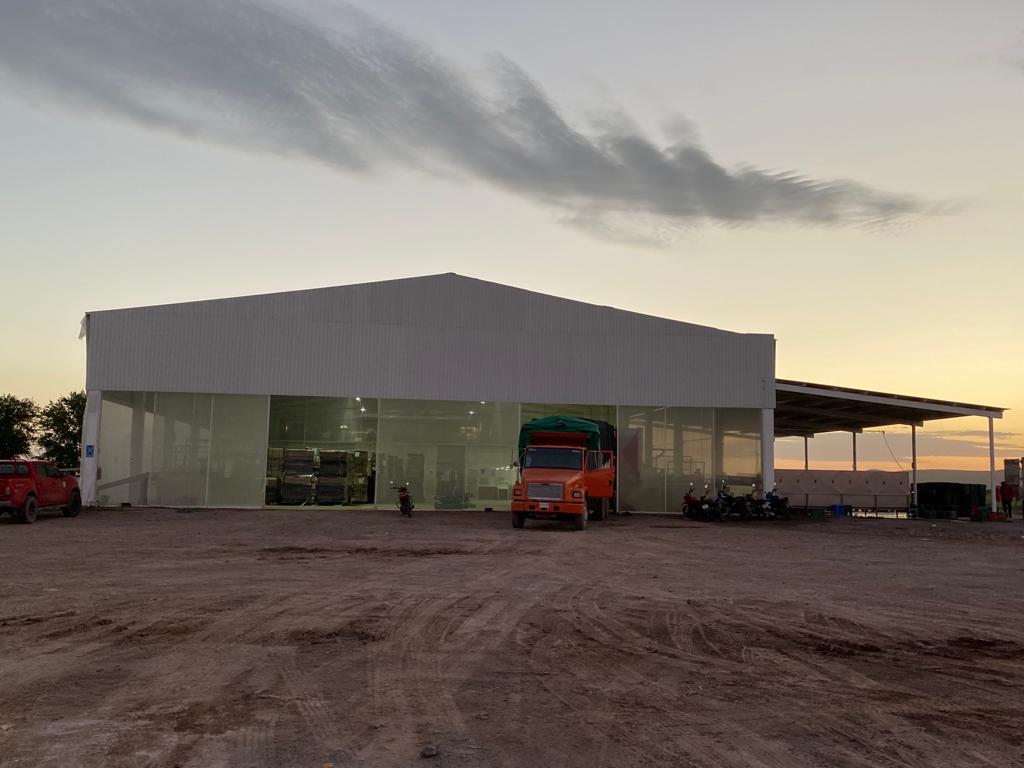

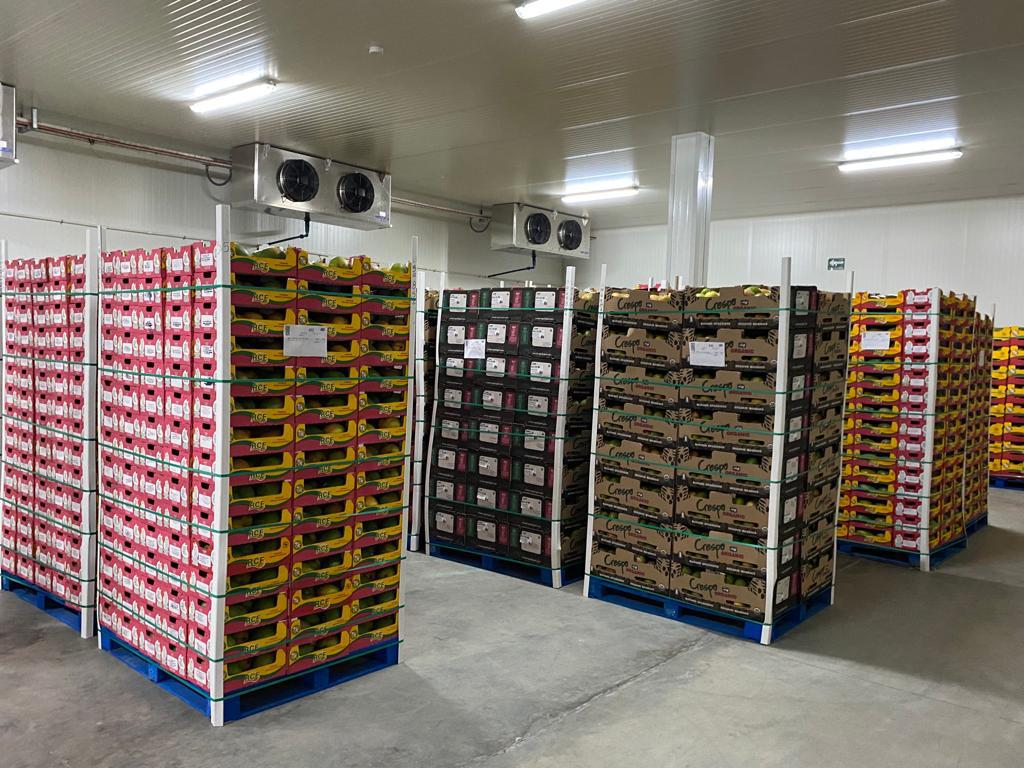
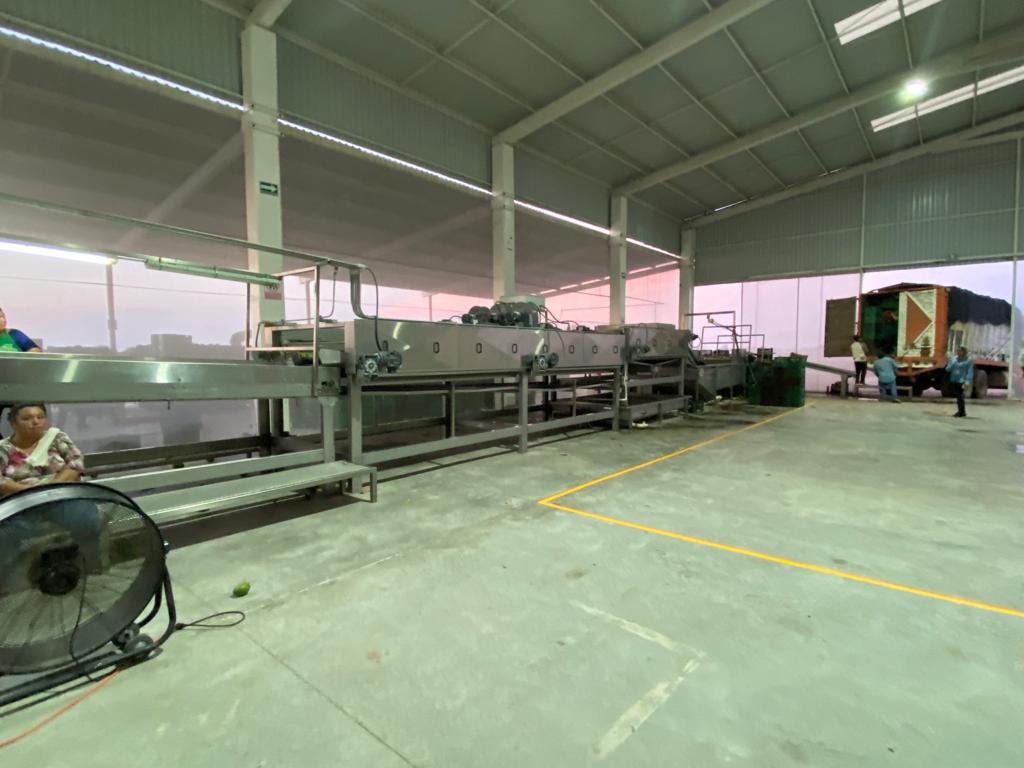
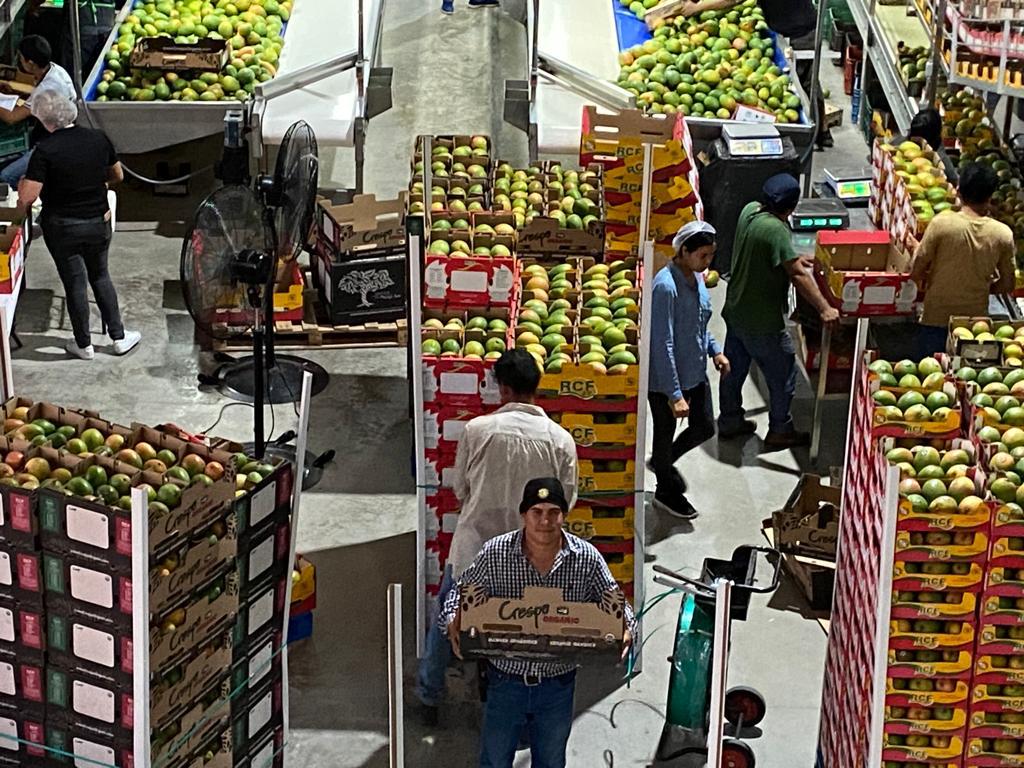







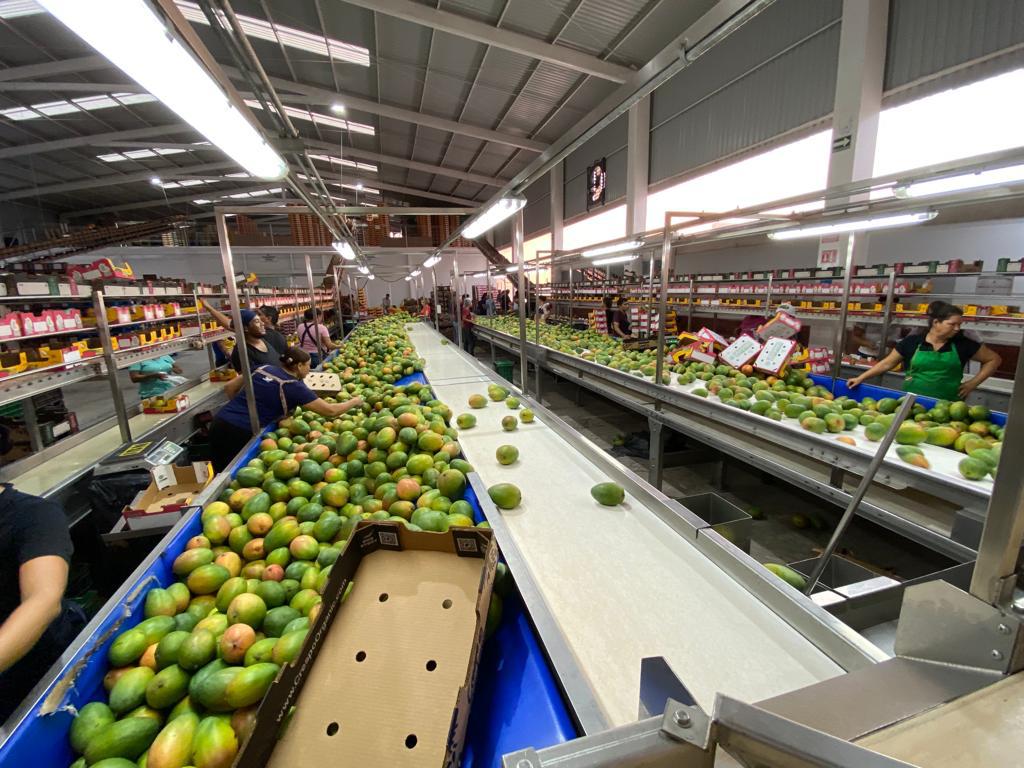

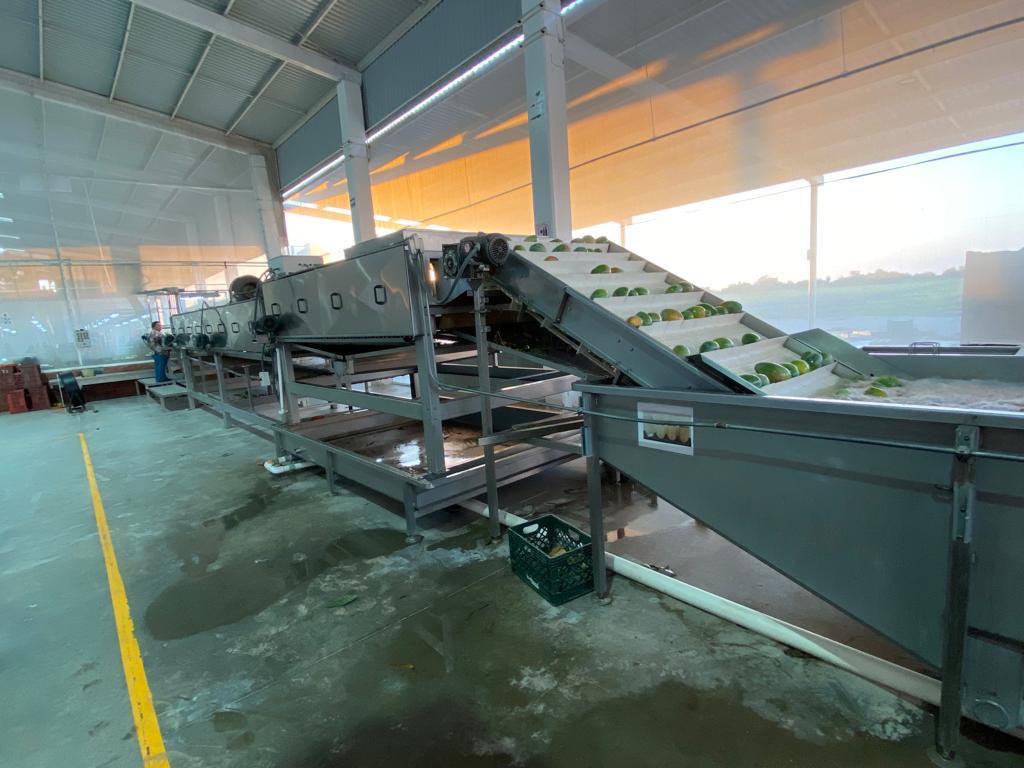
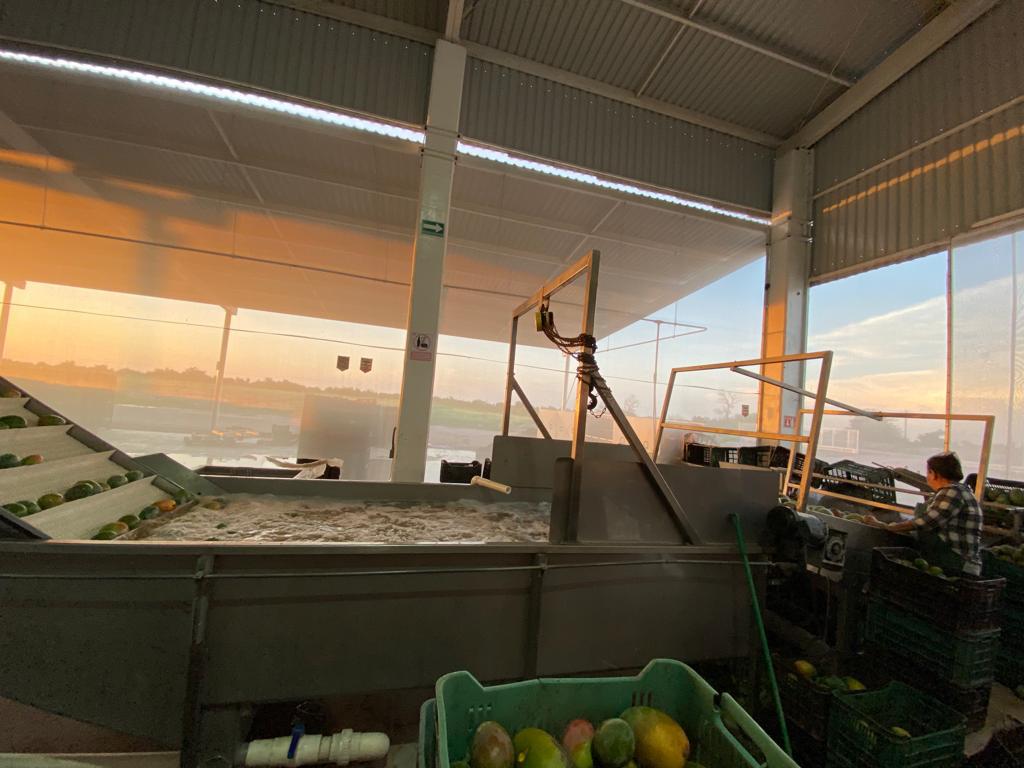

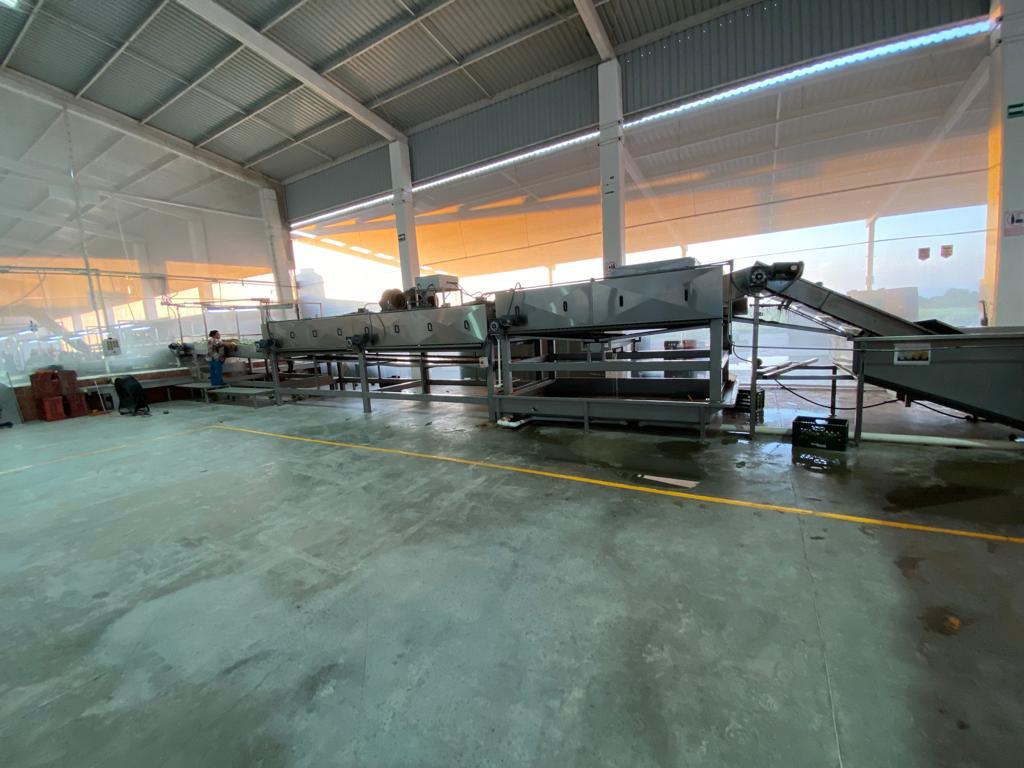
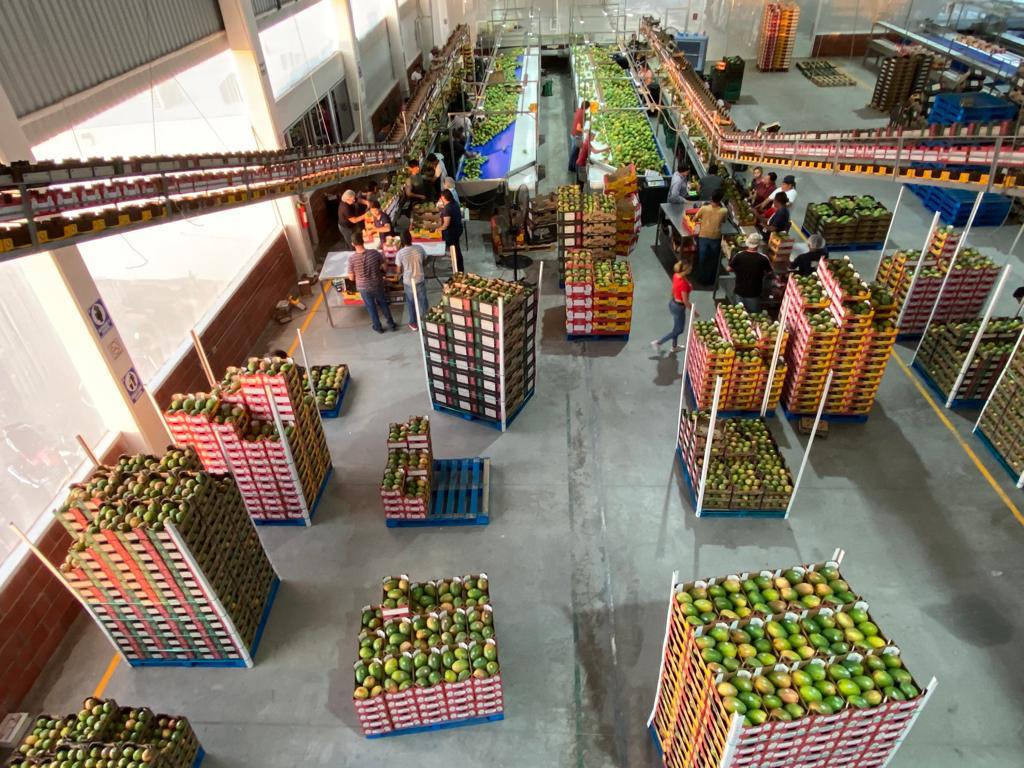

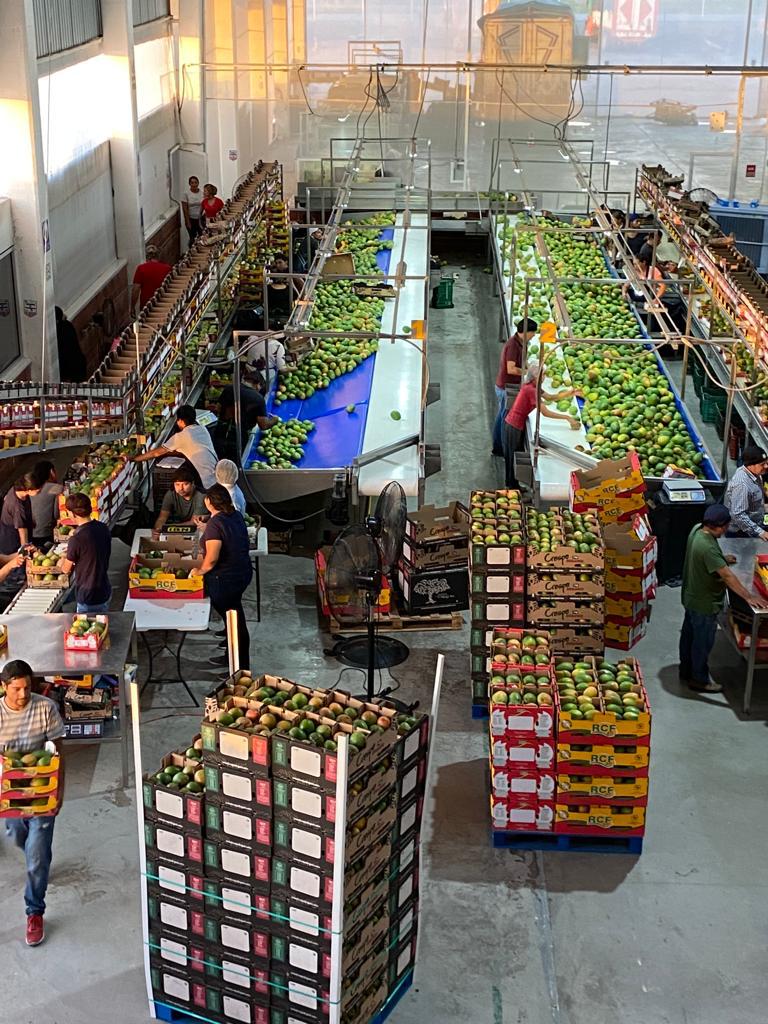

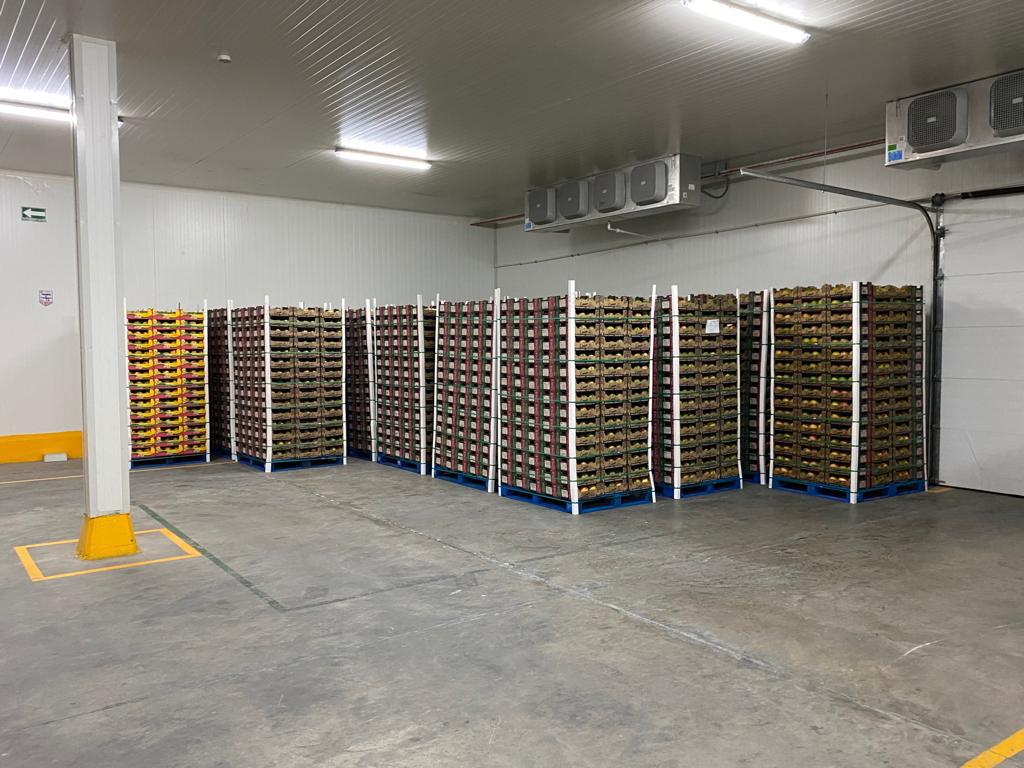



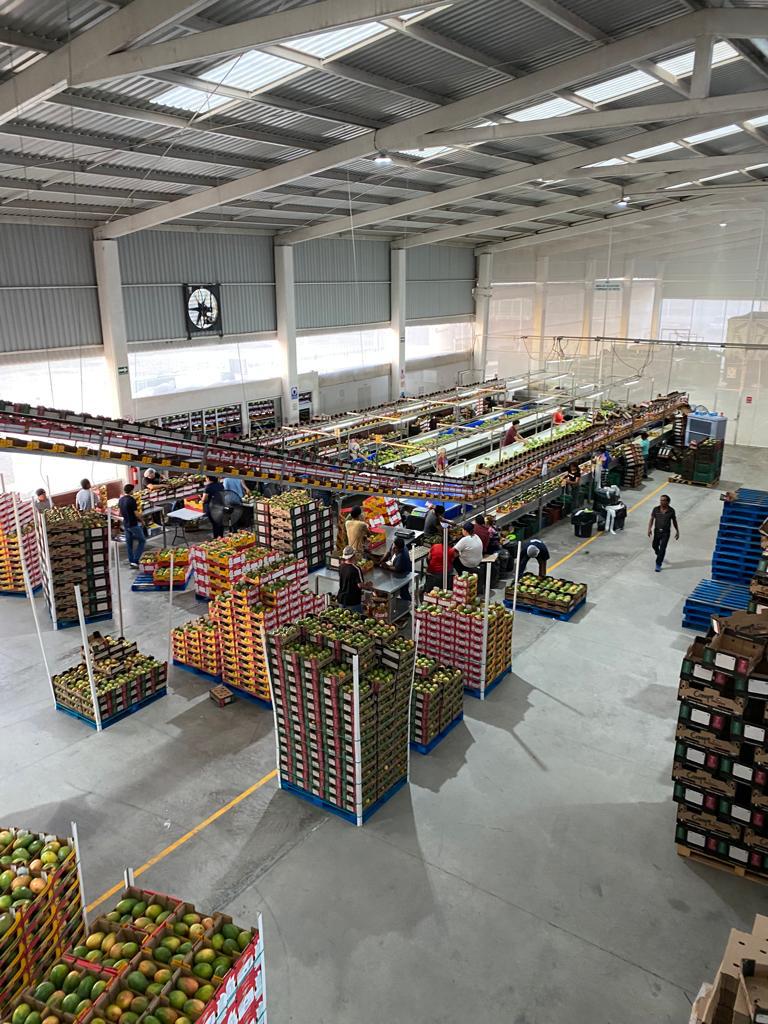
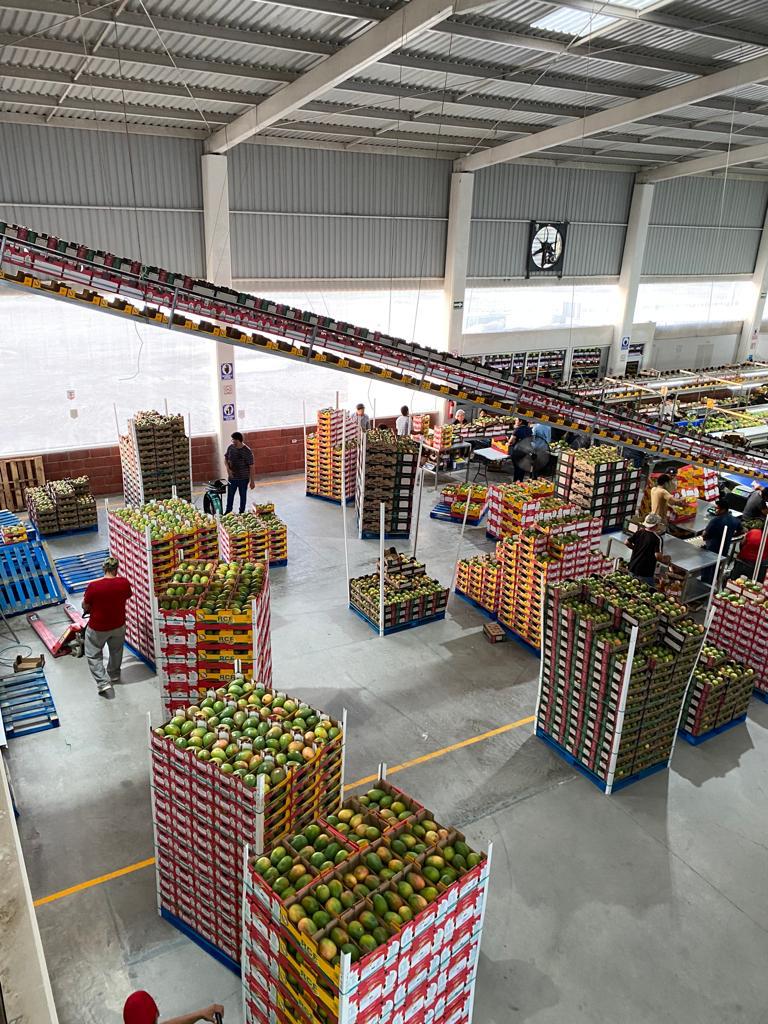

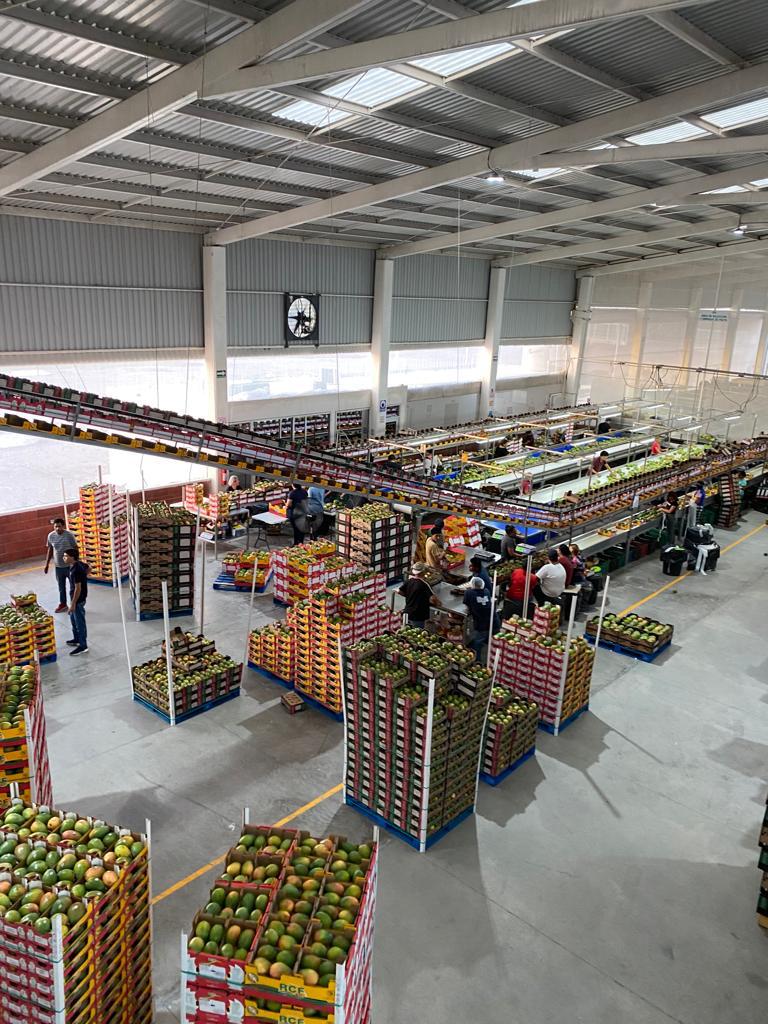
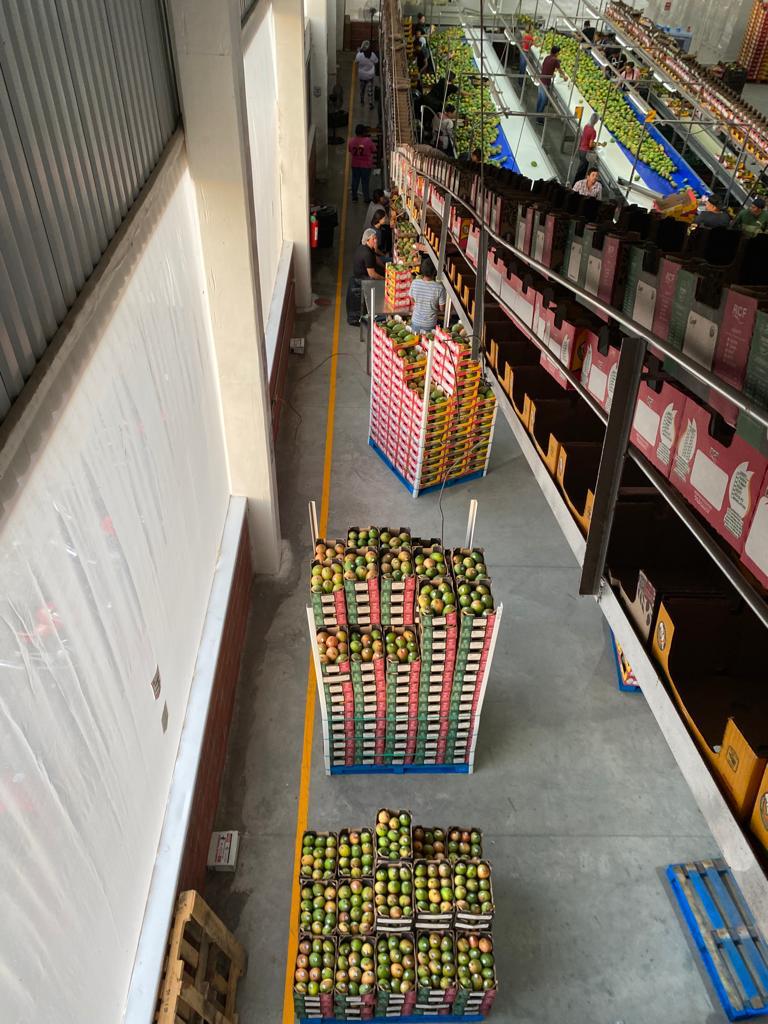
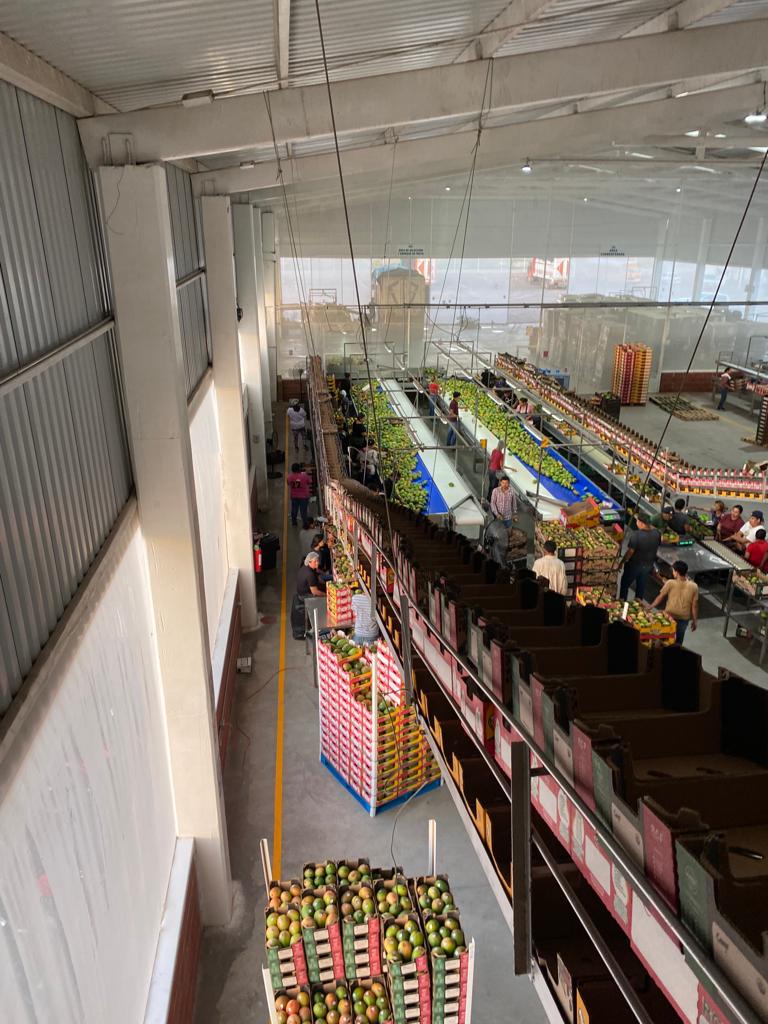
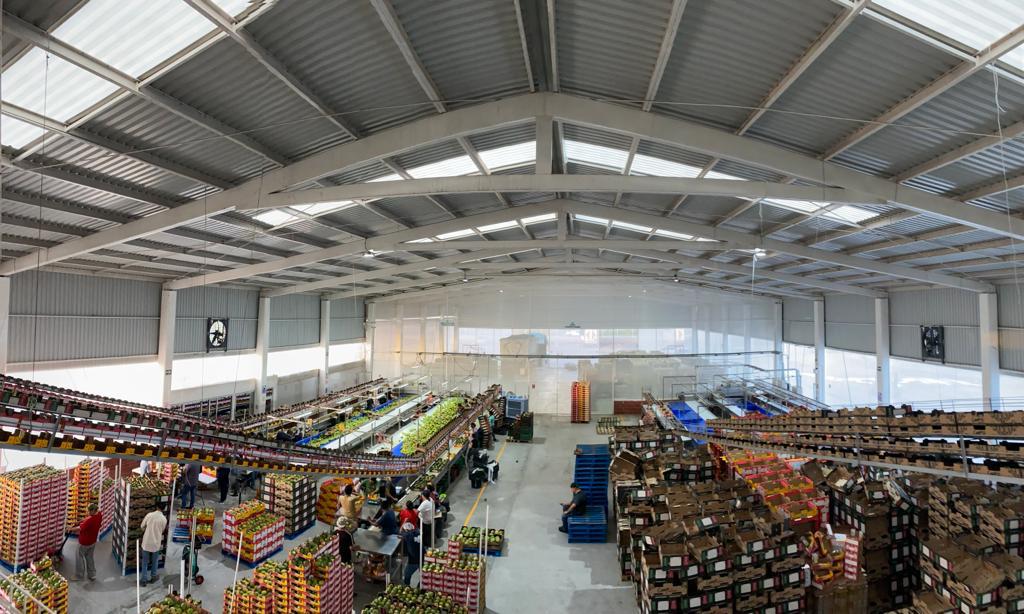

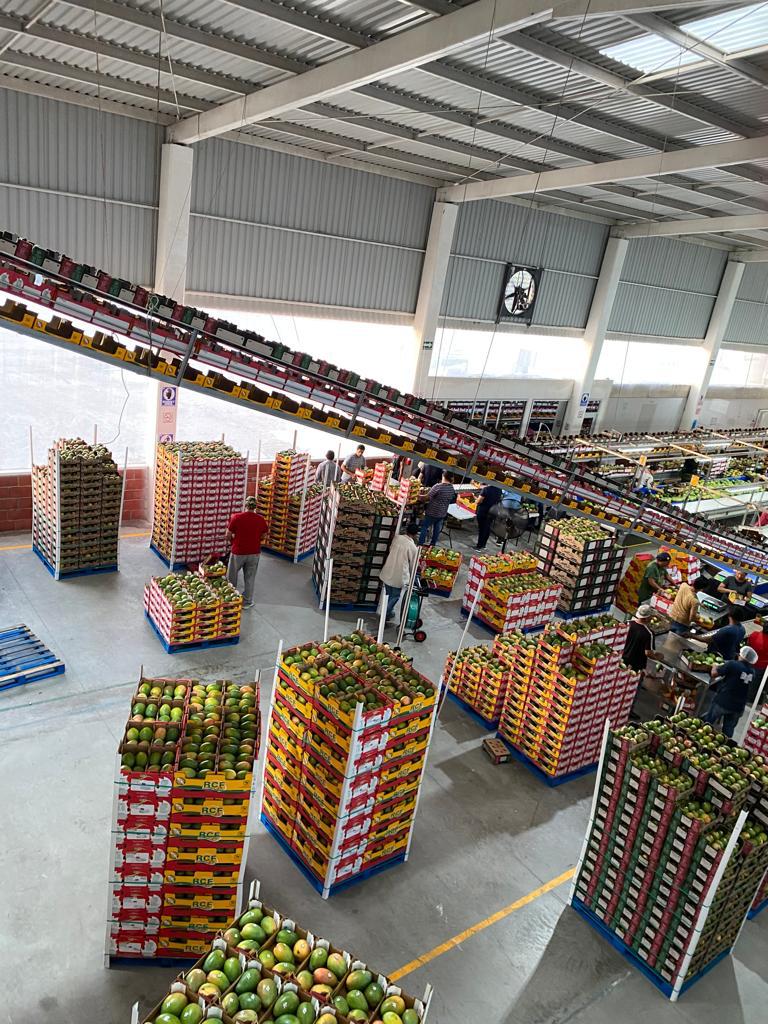







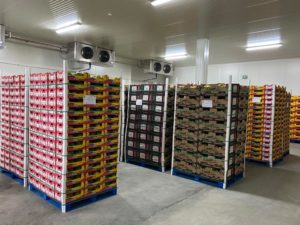
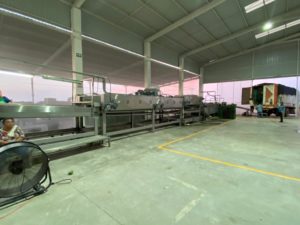



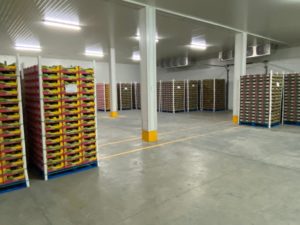
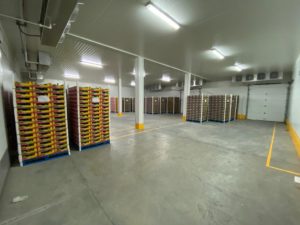
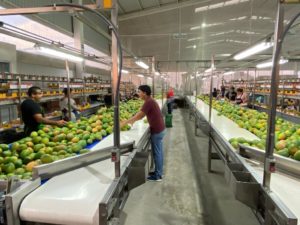
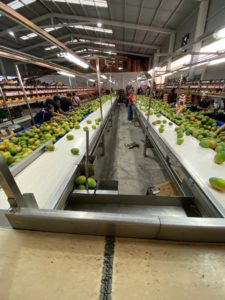

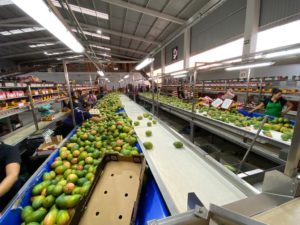

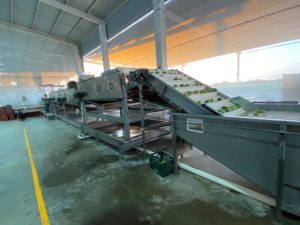
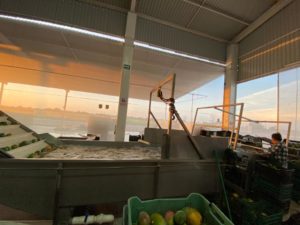
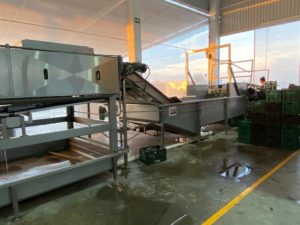

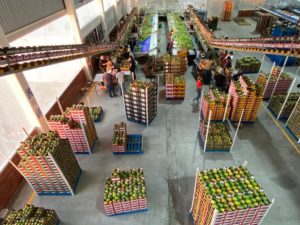




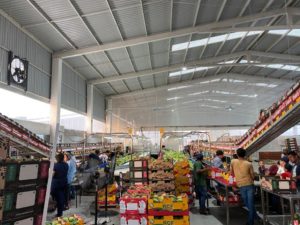


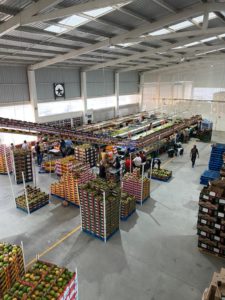

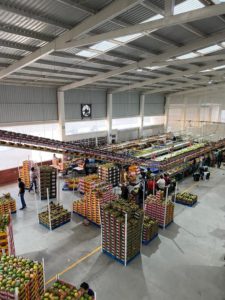
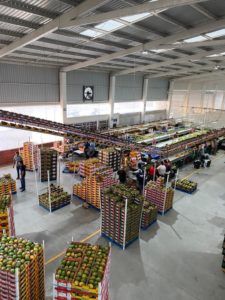

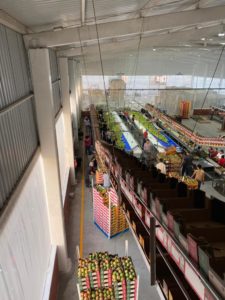

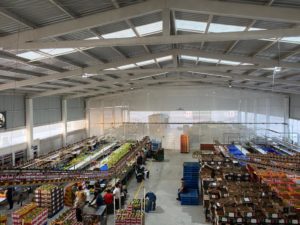
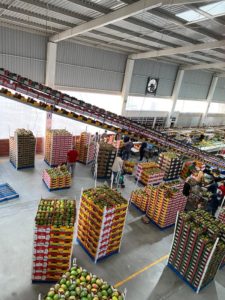

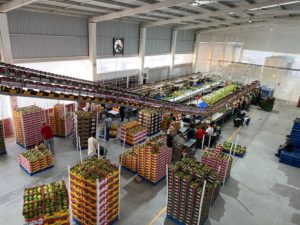

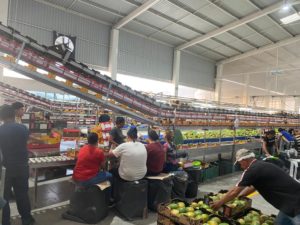
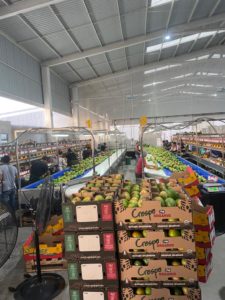






No Comments